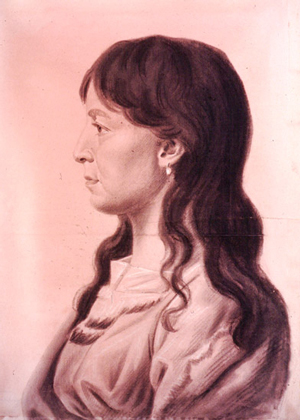Sheheke and his wife Yellow Corn had a significant role in the Lewis and Clark expedition, and an even more significant affect on the fur trade immediately following.
Sheheke’s Wife, Yellow Corn (1807)[1]The artist himself erroneously labeled the portrait, at the left edge, jeune indienne des iowas du missoury—“Indian girl of the Iowas of the Missouri.” Ellen G. Miles, Saint-Memin and … Continue reading
by Charles B. J. F. de Saint Mémin (1770–1852)
Elizabeth DeMilt Fund, Collection of the New York Historical Society Museum
Pencil and charcoal on paper, 21-1/4 by 15-1/4 inches.
Sheheke (“Coyote”), the principal chief of the lower Mandan village, Matutonka (or Matootonha), was nicknamed “Big White” by an unknown white man, evidently because of his size and relatively fair complexion. He would be the nucleus of a delegation to Washington City. According to an observer at a New Year’s Day celebration at Washington City in 1807, Yellow Corn had “pretty features, a pale yellowish hue, bunches of ear-rings, and her hair divided in the middle, a red line running right across from the back part of the forehead.”[2]Frederick Webb Hodge, Handbook of American Indians North of Mexico, Smithsonian Institution, Bureau of American Ethnology, Bulletin No. 30. 2 vols, (Washington, D.C.: Government Printing Office, … Continue reading The couple would not be able to return to their people for many years.
Related Pages
Sheheke’s Delegation
by Joseph A. Mussulman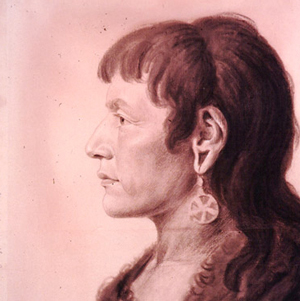

Sheheke’s diplomatic trip to Washington City and his difficult return home brought down the careers of at least two great leaders—himself, and Meriwether Lewis.
October 26, 1804
Mitutanka Village
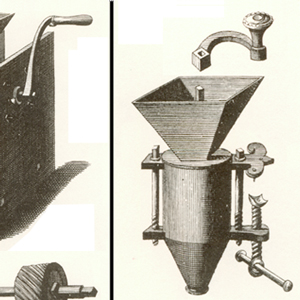

Mitutanka Village, Knife River, ND The expedition arrives as the first Mandan village, Mitutanka. Due to his sore neck, Clark is unable to join Lewis on his visit to the village. Many Indians visit, and they meet Hugh McCracken, a free fur trader.
October 30, 1804
Meeting Chief Sheheke


Ruptáre, second Mandan village, ND Indians not at yesterday’s council, including Chief Sheheke, arrive to see what they have missed. Clark and eight men head up the river in search of a place to build a fort for the winter.
October 31, 1804
Black Cat speaks
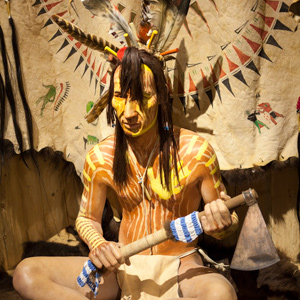

Ruptáre, second Mandan village, ND Posecopsahe (Black Cat) gives a speech wishing for peace and returns two of the French traders’ stolen beaver traps. Lewis writes a letter to the North West Company bourgeois at Fort Assiniboine.
November 12, 1804
Mandan history lesson


Fort Mandan, ND Sheheke (Big White), chief of the Mitutanka village, and his wife, likely Yellow Corn, visit Fort Mandan. She carries 100 pounds of meat and Sheheke tells the Mandan creation story.
December 7, 1804
Hunting buffalo
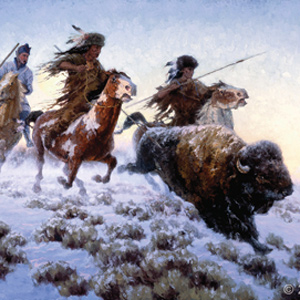

Fort Mandan, ND Some Mandans tell the captains that there is a large buffalo herd nearby, and Lewis organizes a group of hunters. Gass is impressed with the ability of the Indian hunters and their well-trained horses.
December 14, 1804
An overnight hunt
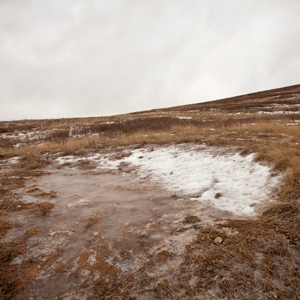

Fort Mandan, ND Clark takes a hunting party eighteen miles from the fort without finding any buffalo cows or large herds. Lewis entertains Chief Sheheke (Big White) while fourteen Mandan eat in Ordway’s crowded room.
January 1, 1805
A new year at Fort Mandan
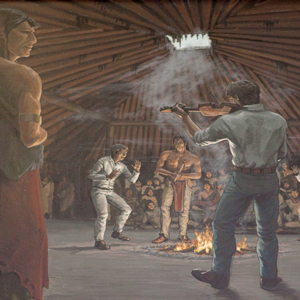

Fort Mandan, ND New Year’s day is celebrated with cannon fire and several men are allowed to visit a nearby Mandan village to celebrate and dance. Clark orders York to dance. The day is warm with rain but the night is cold and snowy.
January 7, 1805
Maps from Indian information
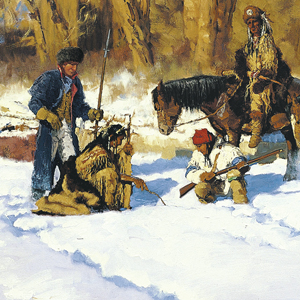

Fort Mandan, ND Chief Sheheke brings a sketch of the Yellowstone River country and provides information which Clark uses to draw a map of that river system.
February 6, 1805
Iron, a happy resource
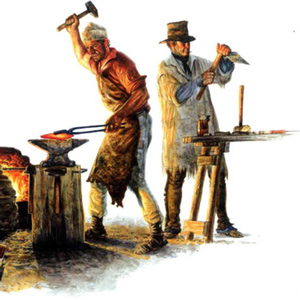

Fort Mandan, ND Several men from the Mandan village Mitutanka briefly visit the fort, and Lewis explains the exchange prices for iron and iron works. Clark’s group hunts near Square Butte Creek.
February 21, 1805
The Mandan medicine stone
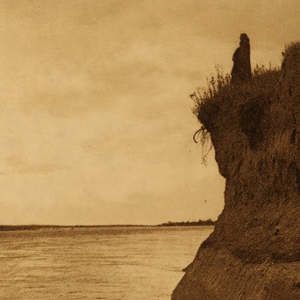

Fort Mandan, ND Big White (Shekeke) and Big Man tell Clark that several Mandan men went to consult their “Medison Stone.” Lewis’s party returns with about 3,000 pounds of meat.
March 19, 1805
Hidatsa war parties


Fort Mandan, ND Sheheke (Big White) and Little Crow visit Fort Mandan and tell Clark that the Hidatsas are forming war parties. Patrick Gass comes to the fort seeking helpers to move the new dugouts from canoe camp to the river.
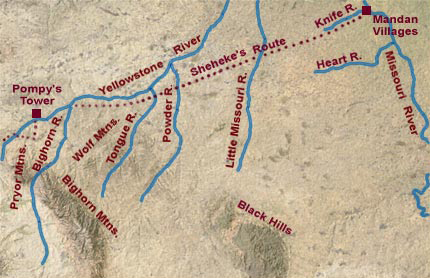

Via the shorter route, Pryor would have arrived at the Knife River villages by about 6 August 1806. A trip to see Hugh Heney at Fort Assiniboine would take another two weeks.
August 16, 1806
Parting gifts
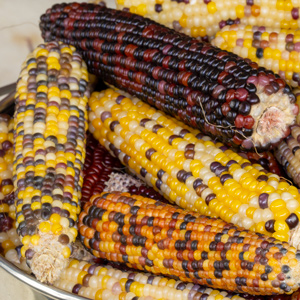

Knife River Villages, ND Mandans gift more corn than the expedition boats can carry. As parting gifts, the swivel gun is given to Hidatsa Chief Le Borgne and the blacksmith tools to Charbonneau. Sheheke (Big White) agrees to go to Washington City.
August 17, 1806
An offer to raise Jean Baptiste
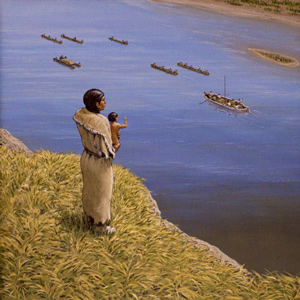

Hensler, ND The expedition heads down the Missouri River taking leave of the Hidatsas, Mandans, John Colter, and the Charbonneau family. Clark invites the latter to come to St. Louis and makes arrangements to raise Jean Baptiste Charbonneau.
August 18, 1806
A Mandan history lesson
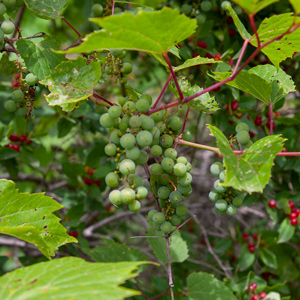

Below the Heart River, ND Despite windy conditions, the expedition makes forty miles. As they pass abandoned village sites, Chief Sheheke (Big White) tells Clark of his people’s history. Near the Heart River, he tells the Mandan creation story.
August 21, 1806
Arikara Villages
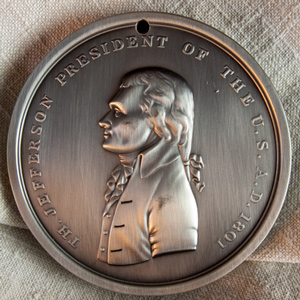

Above Mobridge, SD At the upper and lower Arikara villages, several councils are conducted between the Mandans, various Arikara chiefs, and visiting Cheyennes. The captains see Rivet, one of their 1804 engagés, who says a chief from an earlier Washington City delegation has died.
August 28, 1806
A day at Pleasant Camp
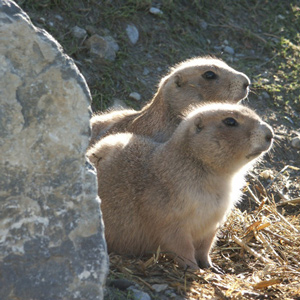

Pleasant Camp, SD The expedition arrives at Pleasant Camp (AKA Plum Camp) below present-day Oacoma, and the captains decide to remain there to collect mule deer, pronghorn, and prairie dog specimens. Some men make leather for new clothes, and others pick plums.
Notes
| ↑1 | The artist himself erroneously labeled the portrait, at the left edge, jeune indienne des iowas du missoury—“Indian girl of the Iowas of the Missouri.” Ellen G. Miles, Saint-Memin and the Neoclassical Profile Portrait in America (Washington, D.C.: Smithsonian Institution Press, 1994), 434–35. |
|---|---|
| ↑2 | Frederick Webb Hodge, Handbook of American Indians North of Mexico, Smithsonian Institution, Bureau of American Ethnology, Bulletin No. 30. 2 vols, (Washington, D.C.: Government Printing Office, 1912) 146. |
